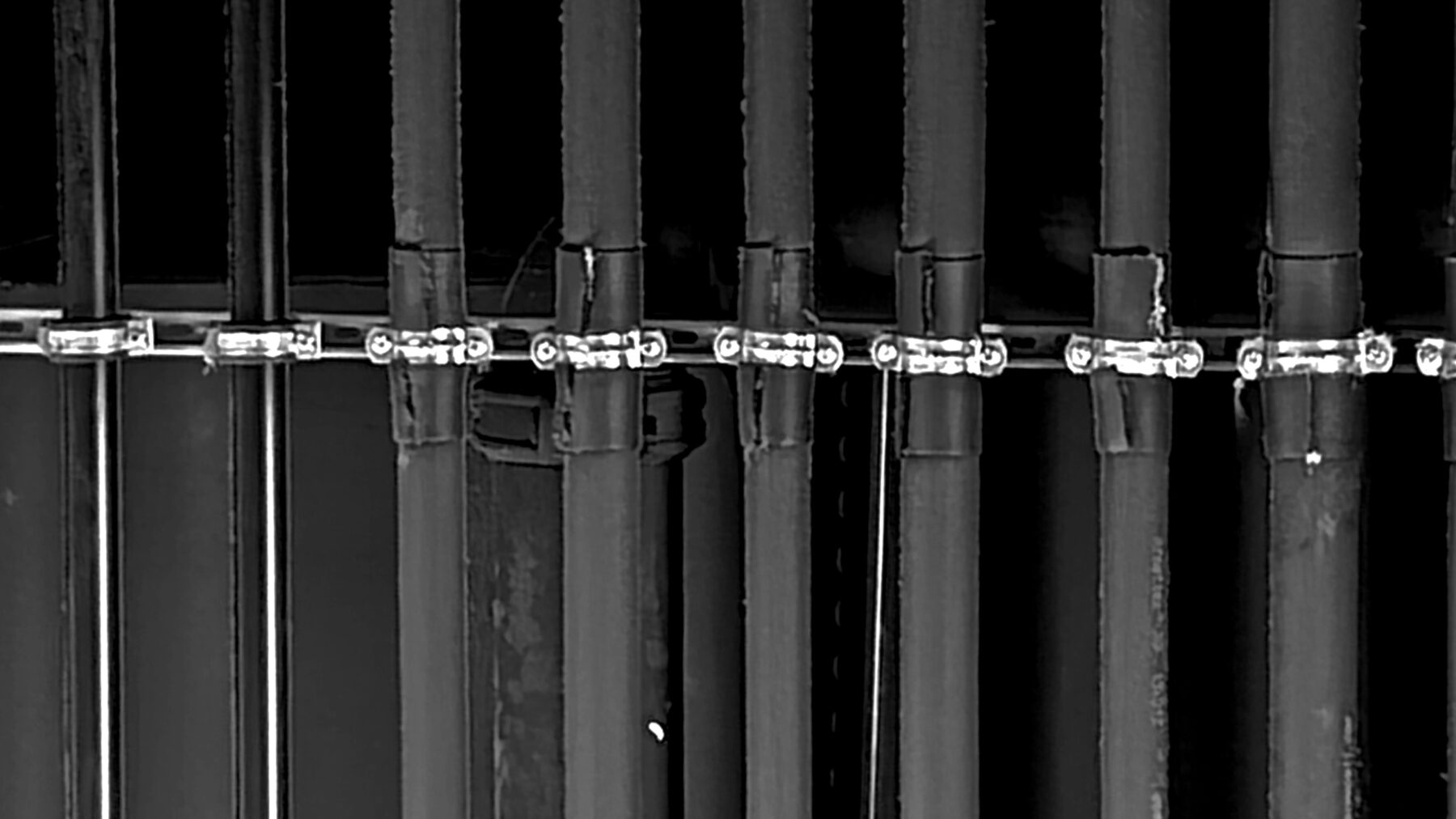For Heidegger, the danger is everywhere and nowhere; it lies in the taking over of all ways of thinking by calculative thinking; it lies in obscuring and marginalizing every turning toward the world, humans, and nature that is not subject to and determined by what is mathematical-scientific as the manner of ordering belonging to calculative thinking.
The danger belongs to and is everywhere in the technological epoch. We ourselves together with nature are seen and approached by calculative thinking as nothing other than mere resources awaiting being placed into the most optimal order.
According to Heidegger, calculative thinking is only one manner of thinking in the history of Western philosophy, beginning with the pre-Socratic thinking-philosophizing until Nietzsche’s thinking toward the death of God and will to power. That which characterizes this manner of thinking, however, is that it has taken over all thinking and every relation to the world in such a way that it sustains the technological age through the forgetfulness of being.
Danger, as a notion, first appears in Heidegger’s thinking-philosophizing and writings in the 1930s. In The Question Concerning Technology, he talks about the “extreme danger”, which belongs to the essence of technology, as the dominance of the manner of thinking that sees humans and nature only as raw materials to be planned, ordered, produced, and optimized; that is, as mere resources.
For Heidegger, the holding sway of calculative thinking over humans threatens them “with the possibility that it could be denied to them to enter into a more original revealing and hence to experience the call of a more primal truth”.
That is to say, we ourselves are wholly dominated by this manner of thinking in such a way that we already see and think toward ourselves as nothing but resources awaiting and needing optimization. This way of seeing and turning toward ourselves is not determined by us, but is rather sent to us by Beyng, according to Heidegger.
By being dominated and shaped by calculative thinking, humans in the technological age consider this manner of thinking as the most complete, accurate, and optimal relation to the world. Heidegger says that the dominance of this manner of thinking “drives out every other possibility of revealing and conceals revealing itself”.
In The Memorial Address, Heidegger says that “the approaching tide of the technological revolution in the atomic age could so captivate, bewitch, dazzle, and beguile man that calculative thinking may someday come to be accepted and practiced as the only way of thinking”.
To this danger belongs treating as insignificant and corrupt any thinking or questioning whose essential attempt does not revolve around making, producing, planning, optimization, and control.
Anguish, our own distress, is also threatened by calculative thinking in the sense that it is now reduced to a mere social problem; it is redefined as a mere problem requiring only better management and mathematical-scientific addressing so that it can be controlled and rendered non-problematic.
Yet this epoch’s political and social dangers, which Heidegger calls the “atomic age”, are not that against which Heidegger primarily warns. For he says that “precisely if the hydrogen bombs do not explode and human life on earth is preserved, [that] an uncanny change in the world moves upon us”.
What Heidegger means by “uncanny change” is how calculative thinking attempts to hide our distress by turning it into a social problem in such a way that all anguish now seems only in need of a mathematical-scientific solution: “the threat that assaults man’s nature in his relation to being itself, and not in accidental perils.”
The danger is in the attempts at planetary control. It is in the way in which calculative thinking is increasingly holding sway over beings. In The Danger, Heidegger offers an ontology of this danger. He says that the essence of technology is this way of seeing everything and all things, including humans themselves, as resources awaiting and in need of optimization. The essence of this way of seeing is the danger. And the essence of the danger is Beyng itself. These essences are obscured and left unthought by the thinking that understands technology to be something made by humans, rather than something sent by Beyng itself to humans.
In The Turning, Heidegger says that the danger is still not here in full yet; it is heading toward us; it is still underway. In The Question Concerning Technology, Heidegger turns to Hölderlin: “But where the danger grows, there grows the saving power also”. The saving power, as it is poetized by Hölderlin, is together with the danger and is seen by Heidegger as arising from out of Beyng toward humans. For humans, on their own, cannot escape calculative thinking toward another clearing. Humans need Beyng. Yet we can, despite the difficulty of this task, come face to face with the essence of technology. For in this coming, we are possibly turning toward Beyng itself, which is also in need of us.
For more articles on Heidegger’s philosophy, visit this webpage.

